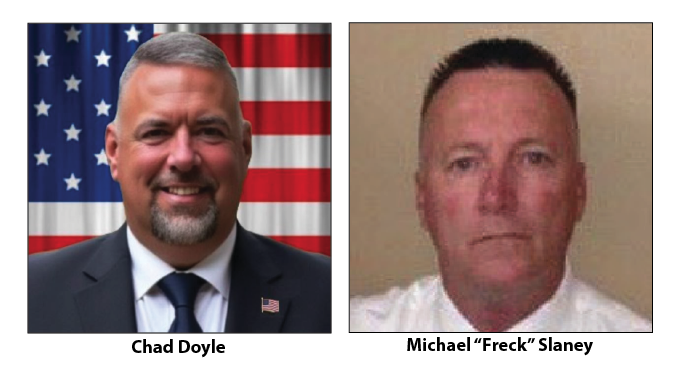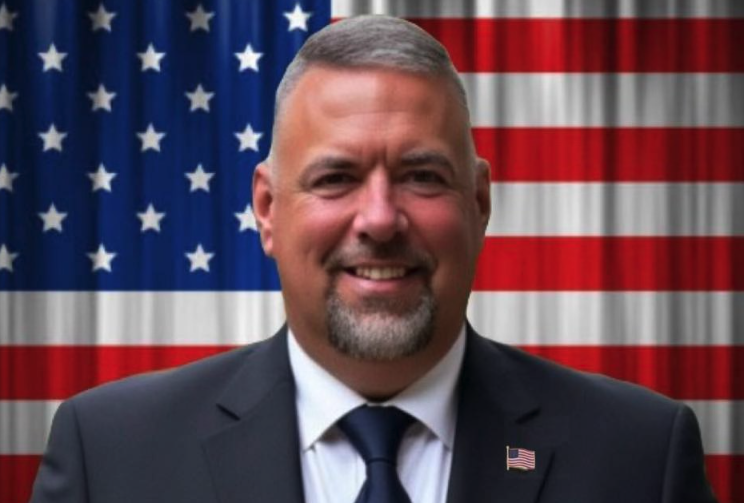Sulphur Mines Salt Dome update: ‘A lot going on there’
Published 8:52 am Wednesday, April 24, 2024

- This aerial photo, taken Wednesday, April 17, shows the sheen of hydrocarbons leaking from caverns. (Photo courtesy of Healthy Gulf / Southwings)
Cindy Robertson, Micah 6:8, got her second bird’s eye view of the western side of the Sulphur Mines Salt Dome surface last week.
“We saw oil slicks on the retention ponds and it’s documented on the Natural Resources website that there is gas bubbling up,” Robertson said. “We observed some flares, so there’s definitely a lot going on there.”
Robertson admits she is no scientist. She is the founder of the faith-inspired nonprofit Micah 6:8 that, among other objectives, educates the community on environmental issues. She shared information about her fly-over during the second annual SWLA Better Together Earth Day Extravaganza Saturday.
Trending
Her first helicopter ride over the site was in September 2023 after Gov. John Bel Edwards and the Louisiana Commissioner of Conservation announced emergency declarations in response to concerns about the future stability of one of the Salt Dome caverns.
Governor Jeff Landry renewed the State of Emergency in January due to the threat of “subsidence, subsurface instability and presence of hydrocarbons.” (Examples of hydrocarbons are natural gasses, gasoline, kerosene, fuel oil and lubricating oil.)
The Sulphur Salt Domes go through the Chicot Aquifer, the sole source of drinking water for Southwest Louisiana. As the pumps at the Houston River and North Verdine stations pump water, the groundwater flow will move in that direction, Robertson said.
“They are pumping over 3,000 gallons of brine a minute into those mines. So where’s that water going? If they’re putting that much in to keep them stable, then that much is going out somewhere.”
Robertson understands the importance of the oil and gas industry to Louisiaina’s future, but she describes industry’s messaging as a “disinformation campaign” similar to the tobacco industry’s 1950s efforts. “People think that we won’t have any jobs if we don’t have industry, and if you speak out about environmental issues, you’re going to run the industry out of Southwest Louisiana. The oil and gas industry has been here for years, They will continue to be here for years. They’re not going to leave their investment and all we’re asking them to do is make things healthier for us, the people who live around the plants, the people who work at businesses who support the plant and the people who work in the plants,” she said.
Robertson said the thing that struck her most during last week’s ride was the immense area of land owned by these industries.
Trending
“It covers miles and miles of what used to be sportsman’s paradise,” she said, “and it’s no longer sportsman’s paradise. It’s pollution.”





